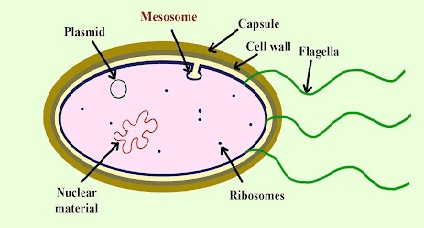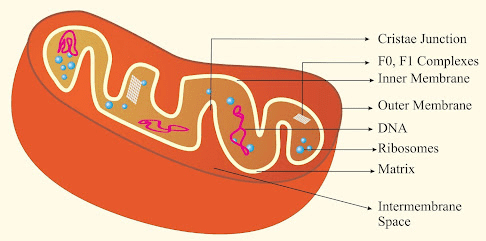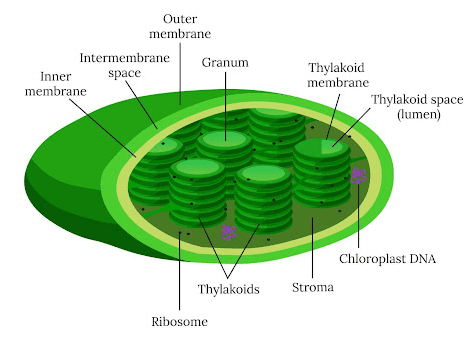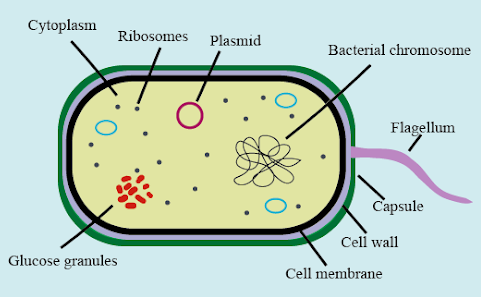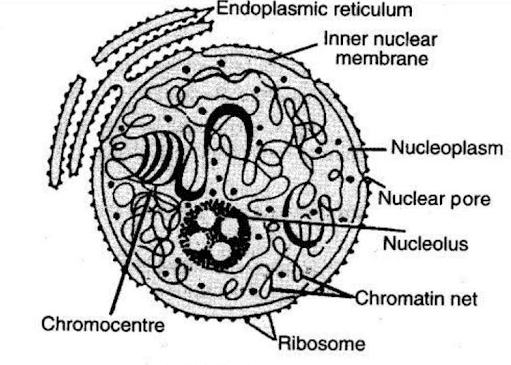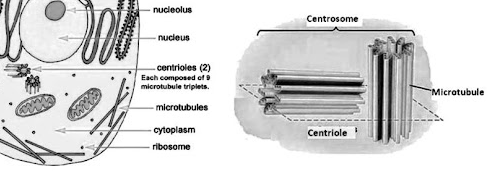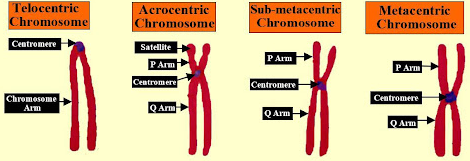NCERT Solutions for Biology Chapter 8 Cell The Unit of Life Class 11 - FREE PDF Download
FAQs on NCERT Solutions for Class 11 Biology Chapter 8 Cell The Unit of Life
1. What is a Cell?
A cell is the basic unit or cell is the structural and functional unit of life. It contains the fundamental molecules of life, and this is what all living things are composed of. Both plants and animals are composed of cells and it can be said to be that any function by any living being is the function of cells. The word cell has been derived from the Latin word ‘cella’ which means small room. The cell is the smallest unit of life that can replicate independently.
2. Why is the Cell Known as the Unit of Life?
The cell is known as the structural and functional unit of life as all living organisms are made up of cells. Cells are the primary form of life that has the ability to exhibit the characteristics of life. Moreover, cells provide form and structure, process nutrients and convert it into usable energy. Cells have specific functions of specific organisms, functions in multicellular organisms are complex and cells perform accordingly.
3. Why is the Class 11 Biology Chapter 8 Cell The Unit of Life NCERT Solutions considered to be the best study material for CBSE students?
It is the best because the Solutions for Biology Chapter 8 Cell the Unit of Life Class 11 NCERT are prepared by India’s best online learning website. Vedantu provides live online sessions and cell the life class 11 NCERT PDF unit for the students. To get well versed in this chapter, students can make use of the important questions provided by Vedantu. These questions are solved by highly educated subject experts to help the students clarify their doubts.
4. Explain the functions of Memosome from NCERT cell, the unit of life for Class 11 Biology.
Memosome helps in cell wall formation. It helps in the process of secretion and respiration. Memosome helps in the distribution of DNA replication. Students are advised to make use of the NCERT Solutions provided by Vedantu to understand the fundamental concepts in a simplified manner.
5. Is Chapter 8, Cell The Unit of Life Class 11, important for the board exams?
Yes, Chapter 8 Cell The Unit of Life Class 11 NCERT is important for the exams. To understand the topics well, students can practice the important questions designed by the experts at Vedantu to get well versed in this chapter. Download the PDF of NCERT Solutions on the Vedantu website or the Vedantu app for free of cost to secure a perfect score in the exam.
6. Is Chapter 8, Cell The Unit of Life Class 11 NCERT, difficult to study?
No, Chapter 8 of Biology Class 11 is not that difficult to study when you understand the topics. Vedantu provides Chapter 8 Cell The Unit of Life NCERT Solutions and online live classes by experts to clear the doubts and make it easier for the students to understand. These solutions are prepared by experts to clear students' doubts. To download the PDF of important questions, students are advised to visit the Vedantu website or download the Vedantu app for free of cost.
7. Who discovered the cell?
The cell was first discovered by a British scientist, Robert Hooke, in 1665. He observed cork slices under the microscope and observed tiny compartments resembling the cells; thus, he named them ‘cells’. To learn more about the concepts related to cells, students can access Chapter 8 Cell The Unit of Life NCERT solutions provided by Vedantu. You can also download the Cell the Unit of Life NCERT PDF available for free on the website.
8. What are good questions to ask about cells?
Class 11 Biology Chapter 8 Cell The Unit of Life Class 11 NCERT explains all the important questions about cells. Here are some of the questions that can be asked:
Related to the basic structure and function of a cell
Diversity and specialisation
Types of cells
9. Which is the biggest cell from Class 11 Chapter 8 NCERT Cell, the unit of life?
The biggest cell, in terms of volume, is the ostrich egg due to its large size, up to 17 cm long and 15cm wide.
10. What is the first discovered cell on earth?
It is a subject of ongoing scientific research and development. The very first cell discovered on Earth is still unknown due to limited evidence and specific characteristics.
11. What are the topics included in biology chapter 8 cell the unit of life class 11?
Topics include:
What is a cell?
Cell Theory
An Overview of Cells
Prokaryotic Cells
Eukaryotic Cells
























